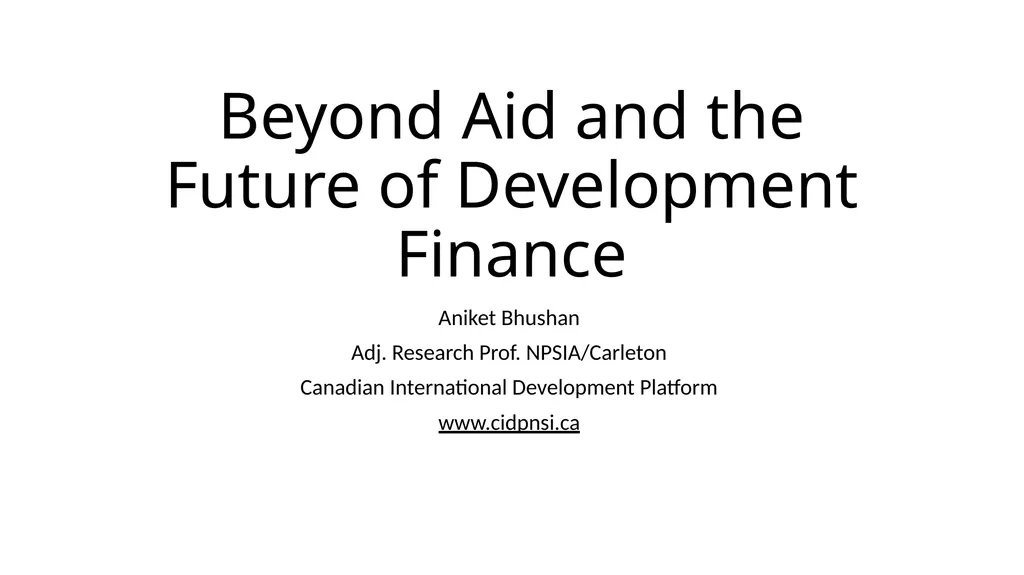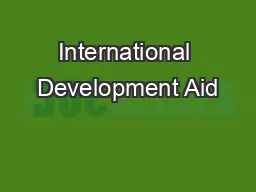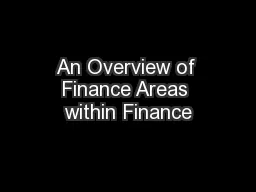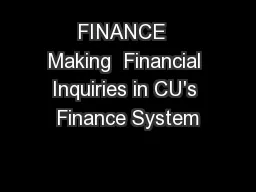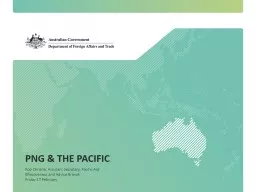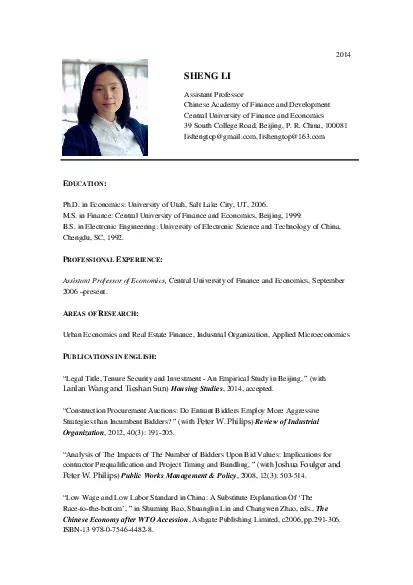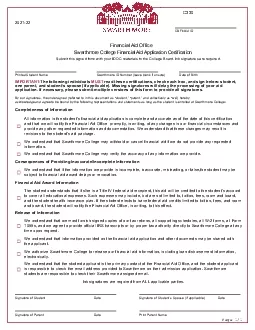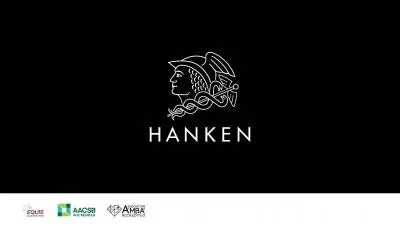Beyond Aid and the Future of Development Finance
Author : stefany-barnette | Published Date : 2025-06-23
Description: Beyond Aid and the Future of Development Finance Aniket Bhushan Adj Research Prof NPSIACarleton Canadian International Development Platform wwwcidpnsica Outline Part 1 Setup theory and quick overview of data Part 2 Development finance
Presentation Embed Code
Download Presentation
Download
Presentation The PPT/PDF document
"Beyond Aid and the Future of Development Finance" is the property of its rightful owner.
Permission is granted to download and print the materials on this website for personal, non-commercial use only,
and to display it on your personal computer provided you do not modify the materials and that you retain all
copyright notices contained in the materials. By downloading content from our website, you accept the terms of
this agreement.
Transcript:Beyond Aid and the Future of Development Finance:
Beyond Aid and the Future of Development Finance Aniket Bhushan Adj. Research Prof. NPSIA/Carleton Canadian International Development Platform www.cidpnsi.ca Outline Part 1 Setup: theory and quick overview of data Part 2 Development finance and innovative finance terrain Illustrative mechanisms/models in further detail Part 3 Interactive exercise Theory Aid, when conceived, was itself a financial innovation – grounded in equal parts politics, charity, sophisticated economic theory (in its day), turned into policy innovation Two gap model (Harrod-Domar, Rostow, Chenery…): development/growth ‘take-off’ is limited by investment. Investment is limited by savings. Growth is a joint function of savings and ICOR (the units of capital required to produce a unit of output), i.e. s = k*g or g =s/k (adapted to second gap – forex) Theory Assumptions All savings drive investment All investment drives growth There are no frictions, there are no transaction costs All aid, essentially, investment Theory Back-envelope calculation (Rosenstien-Rodan) showed in 1960s capital needs would be around $10bn which happened to be 1% of rich country GNI Capital flows were 0.6 to 0.8% of rich GNI – about 2/3 tended to be aid Mix of target aversion and ambition arrived at relatively random compromise of 0.7, aimed mainly at US (which would never commit) Direction reverse – staring point rich income, not poor need/cost No real logic as to why static share of rich income determines financing in unrelated disconnected context Theory Intuitively appealing but flawed Present day financial flow conditions gives an aid goal of around 0.01% of advanced economies GDP towards aid in the poorest countries and implies negative aid flows to the developing world as a whole Why? Data What does aid target/fund/buy? Aggregate DAC level / Canada How does it compare? Investment, remittances, OOF, etc. Aggregate level / Canada What does aid target/fund/buy? Has changed over time From economic (hard) infrastructure and productive sectors – quarter or less (Canada lower) To mostly social infra – health, education, governance, other social – more than half The spectrum Basic survivalist Thriving society Resilience Emergency response Contain fallout Equitable growth Long term economic development Socioeconomic transformation Logic of “intervention” Logic of “investment” What does aid target/fund/buy? Less and less investment Stretched capacity, compounding needs testing serial intervention Data What about the pattern of flows, how does aid compare? Several possible frameworks (Monterrey, FfD, Kharas et al.) Simple: Concessional vs. non-concessional (market) finance; Domestic vs. external/non-domestic Elaborate: Private flows –
